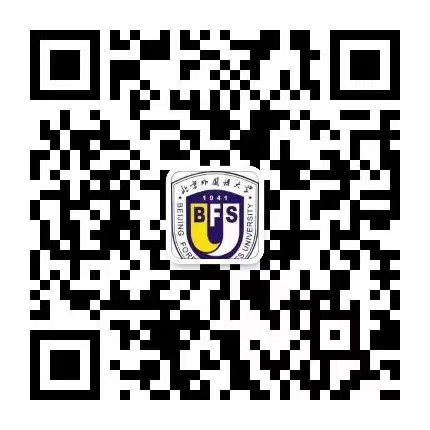How did you teach the former textbooks? Did you start with new words or sentence structures or something else? Did you tell your students when and where and to whom the sentences could be used? Please consider the brief teaching plan provided below and see if it is familiar to you. Try to say what the focus of this class was?
| Stage 1 | The students read aloud the new words and expressions by imitating their teacher. The teacher tries to help them remember the meaning of each word by reading it mechanically again and again. |
| Stage 2 | The students read the pattern drills aloud in the same way as they did with the new words for the same purpose, and then translate them one by one into Chinese. |
| Stage 3 | The teacher then begins to deal with the text, sentence by sentence and paragraph by paragraph: explaining the language points, dwelling upon the grammar rules, analysing the sentences, providing the Chinese equivalents, giving the examples to demonstrate the usage of certain words and expressions. |
| Stage 4 | The teacher teaches grammar rules. The teacher explains and illustrates them by pointing to examples in the text or by taking examples from dictionaries or grammar books. |
| Stage 5 | Students do the written exercises, such as filling in the blanks with the correct form of the verbs, adverbs, or prepositions, or they do multiple-choice exercises. |
讲解:
You may find this way of teaching was very common in the early 80s. However, things are changing now. But you can still see the powerful influence of this traditional method even in a very modern English classroom in China.
In general, we might characterise this approach as one which presents and practises only the structures of the language. In this type of lesson, language items are practised several times in order to establish the structures in the memories of the students. The students trained by this approach eventually acquire the ability to store in their mind isolated words, to learn and apply grammar rules, and to compose grammatically correct sentences.
But the problem lies in the fact that the ability to compose sentences is not the only ability we need in order to communicate. More importantly, we need to know the exact communicative intention each sentence carries. By communicative intention, I mean the real meaning of the utterance. In other words, it is what the speaker wants to do through the language he uses.
You may not agree with me when I say that being able to compose grammatically correct sentences does not mean being able to compose or understand the right or most appropriate sentences which express the speaker or writer’s real intentions, and which are also suitable to the situation in which the communication is taking place. You may argue "Don’t we mean exactly what we say?" The answer is "No". The fact is, in human communication, a certain sentence can be understood very differently in different circumstances.
选自北外网络课堂:
更多商务英语课程,欢迎访问北外网课网络课程在线学习平台。北京外国语大学师资!外研社全资控股!强强联合打造最强外语在线学习平台!

 京公网安备 11010802024222号
京公网安备 11010802024222号




